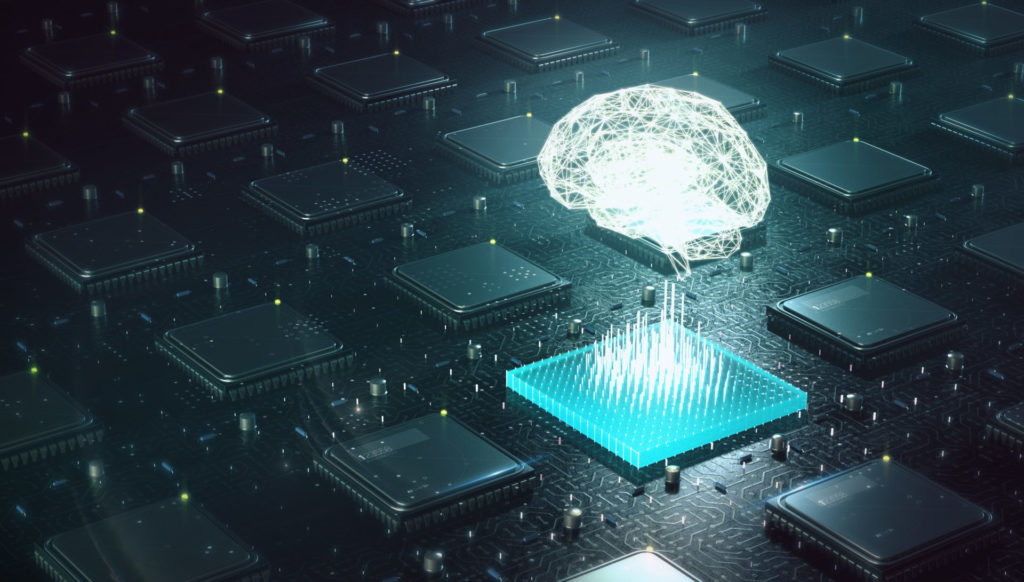Robotic process automation (RPA) is a cost-effective, easy-to-integrate solution for organizations with an overload of repetitive and inefficient tasks.

Automation has, without a doubt, become a standard for many organizations, helping save time and streamline workflows. With the help of software like robotic process automation (RPA), software robots can emulate human action within a digital environment. Software robots can interpret displayed screens, navigate the system software, parse data, and perform keystrokes, which mimic exactly what a human can do. Software robots can perform otherwise repetitive and boring tasks more efficiently, which increases employee satisfaction and productivity.
When software robots take over moving files, copying, pasting, inserting data, and other menial tasks, humans can spend more time innovating, collaborating, and interacting with customers.
Robotic Process Automation Benefits
RPA enhances workflows for max efficiency, which has a ripple effect across an organization. A streamlined workflow reduces cycle times and increases profit. Fortunately, RPA is easily implemented into an organization — even organizations using legacy systems that do not have APIs, virtual desktop infrastructures (VDIs), or database access can easily implement RPA.
Robotic process automation also accelerates digital transformation, saves money, increases accuracy, improves compliance, boosts productivity, and reduces response time during peaks and spikes in workloads.

RPA Applications
RPA is extremely versatile, meaning it applies to many different industries. RPA has already been applied to financial services, healthcare, customer service, information technology, and manufacturing applications. Any organization with a large volume of business-driven repeatable processes is ideal for software robot automation.
RPA is quickly transforming various industries because of its end-to-end automation platform. RPA’s growth can be attributed to its rapid, substantial return of investment (ROI) and minimal initial investment. Organizations are profiting off of RPA not long after implementation. But it’s not all about the money — robotic process automation is also scalable with a low-code build environment and non-disruptive operation in tandem with underlying systems.
RPA vs. Artificial Intelligence
Though it might seem like artificial intelligence (AI) and RPA are interchangeable, that is not the case. RPA and AI can actually work together. The difference being that RPA is a human-like workflow that identifies and runs predetermined algorithms, whereas AI adapts and learns to an applicable environment. In sci-fi terms, a robot is a mechanical machine that enacts a specific skill set while an android might mimic or even retain human-like consciousness.
RPA and AI can work together in machine learning models, character and image recognition, and natural language processing (NLP). Real-life applications include understanding documentation, visualizing computer screens or virtual desktops, comprehending verbal communication, identifying fraud, predicting pregnancy outcomes, and aggregating market data. RPA can also be used to help install the final components of AI software.
Two software platforms working together provide more innovation opportunities, similar to how Autodesk Fusion 360 integrates various manufacturing components like computer-aided design (CAD) and computer-aided manufacturing (CAM). Check out Fusion 360 today to discover how you can utilize AI-driven generative design for your next project.


